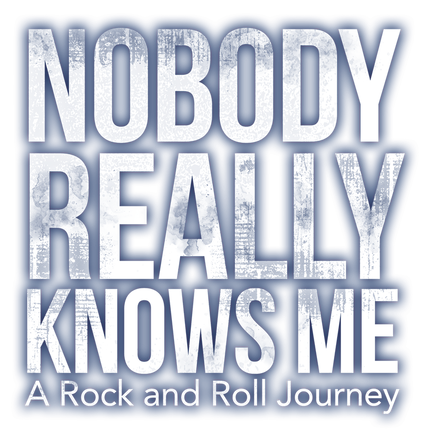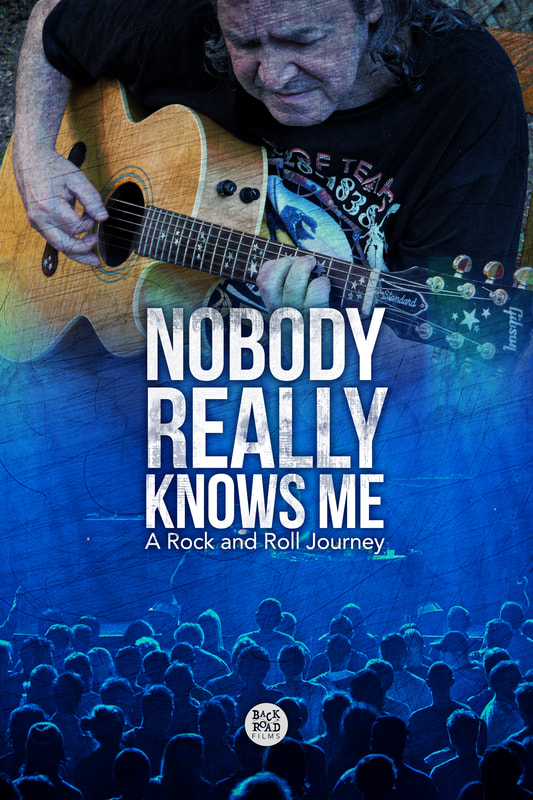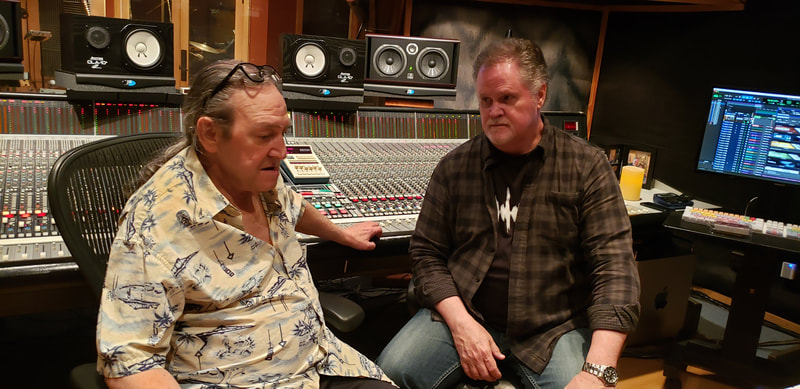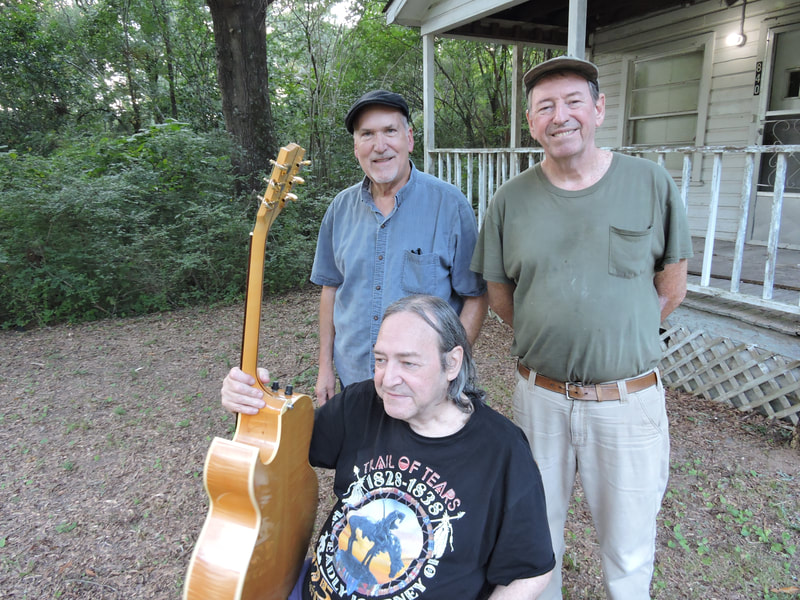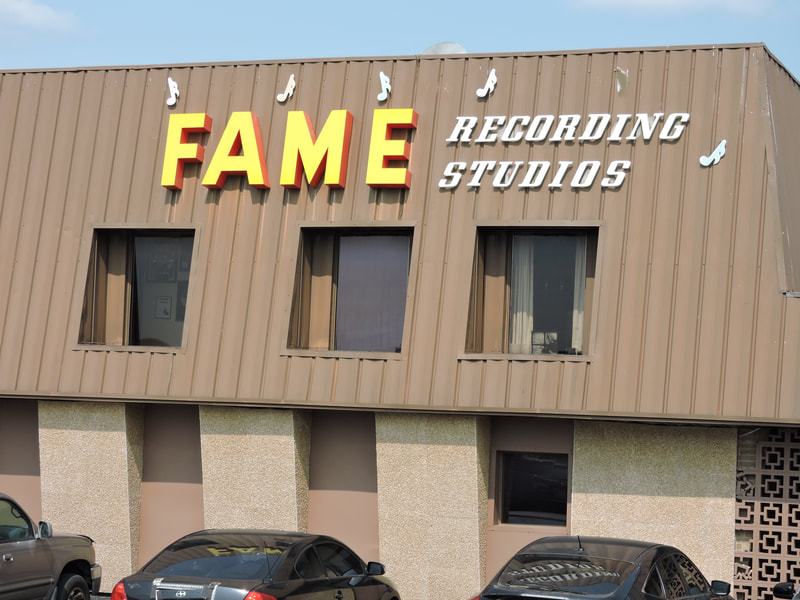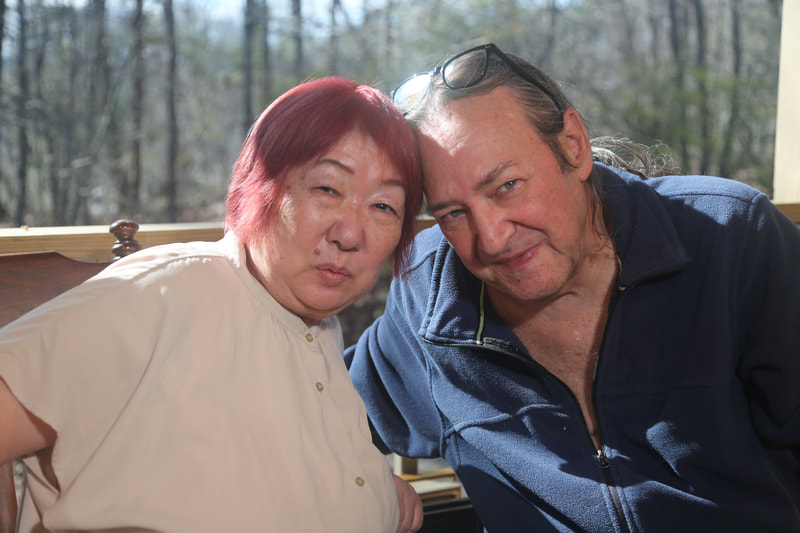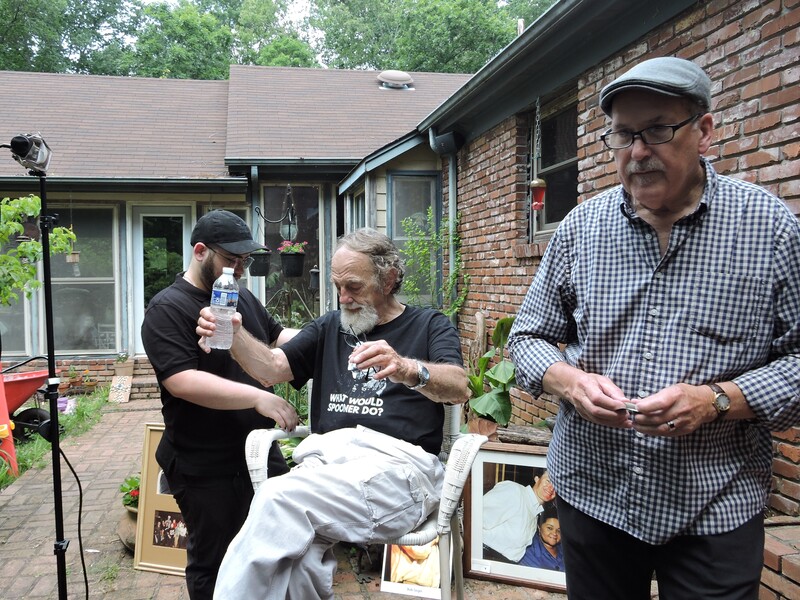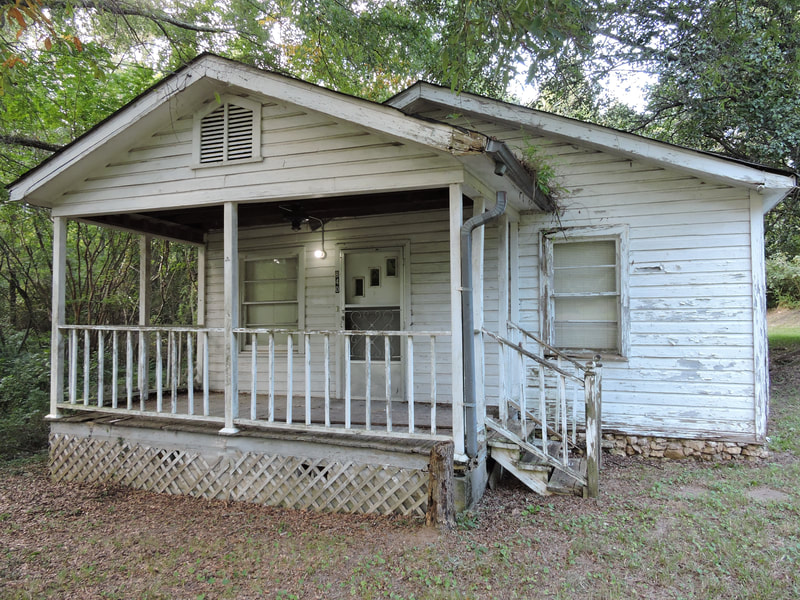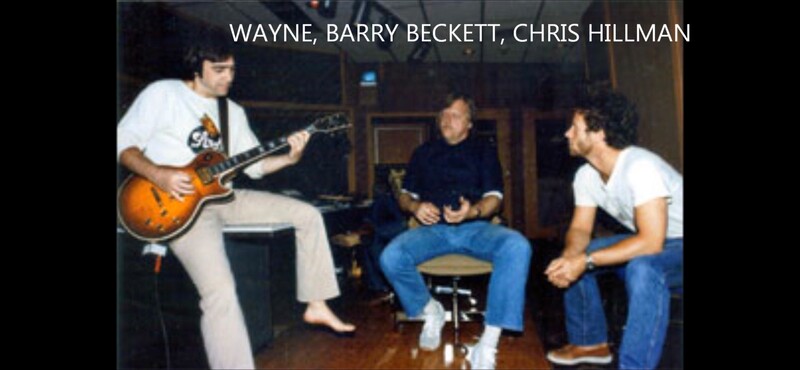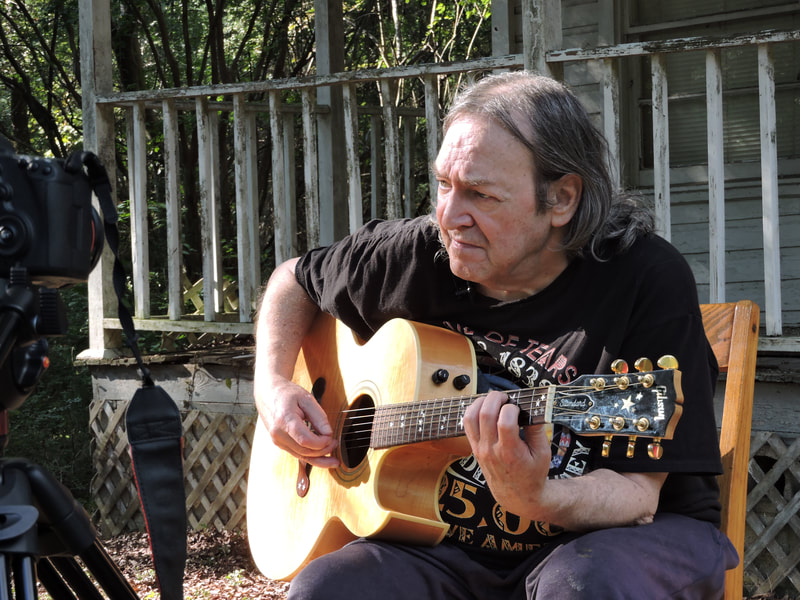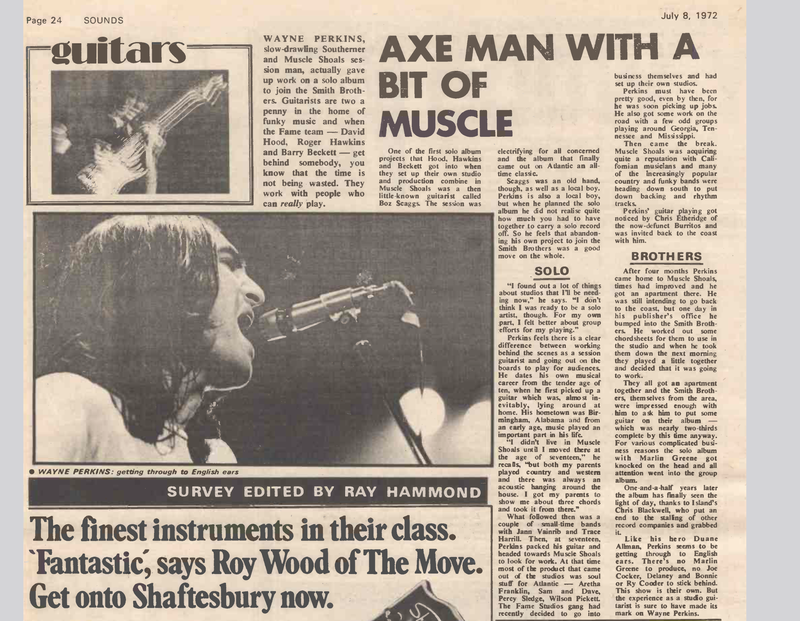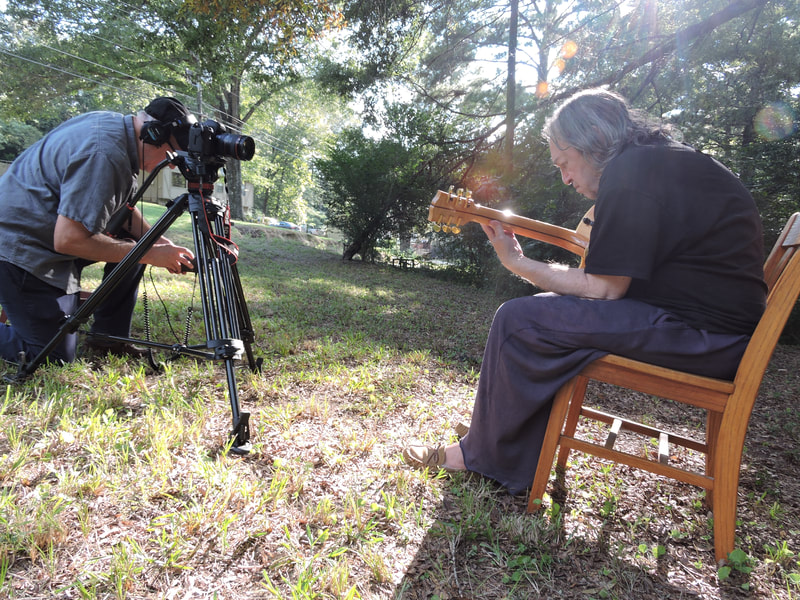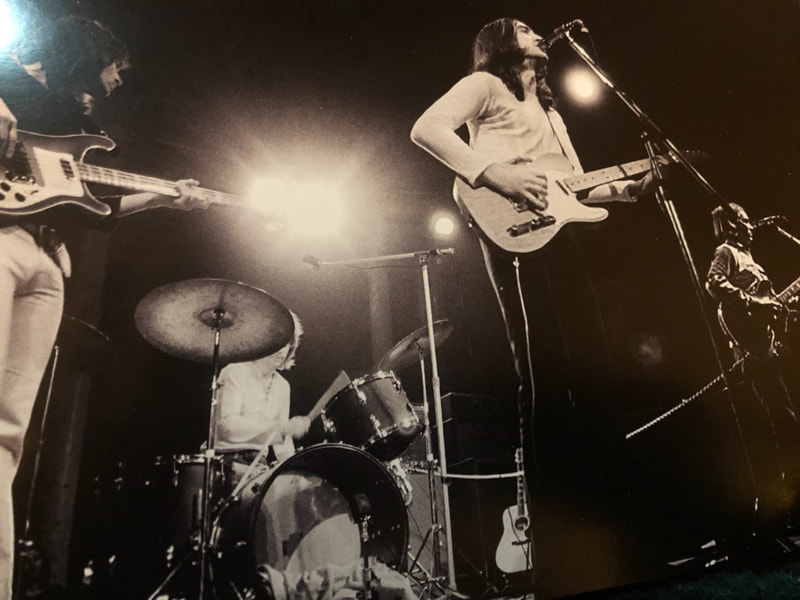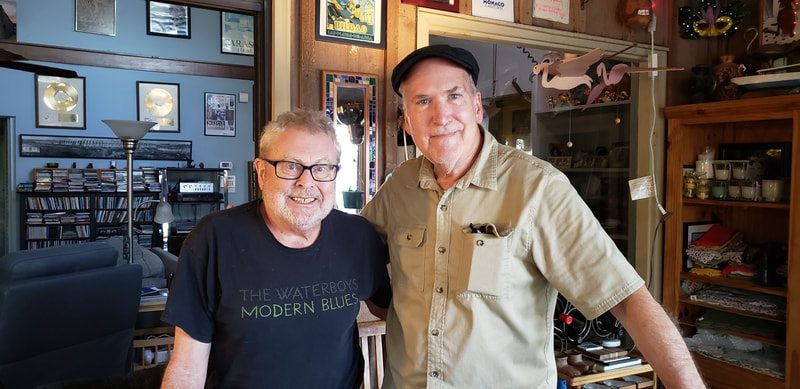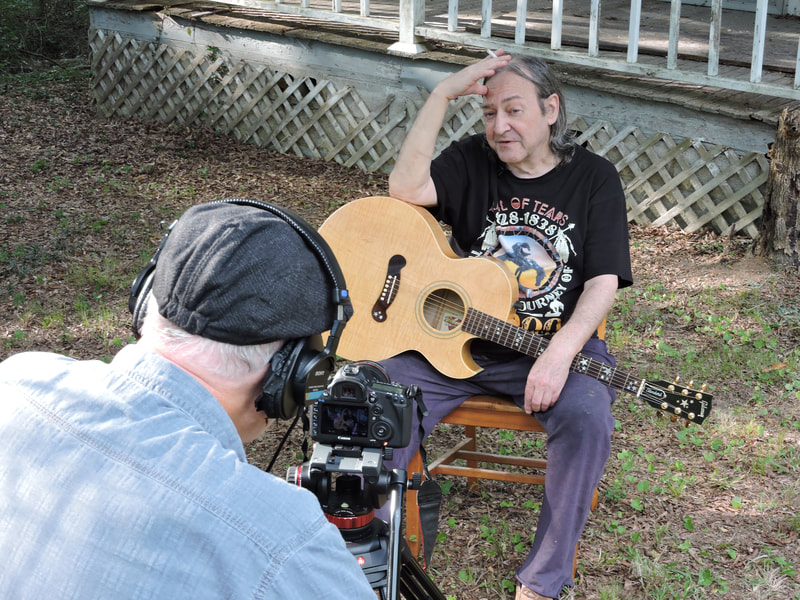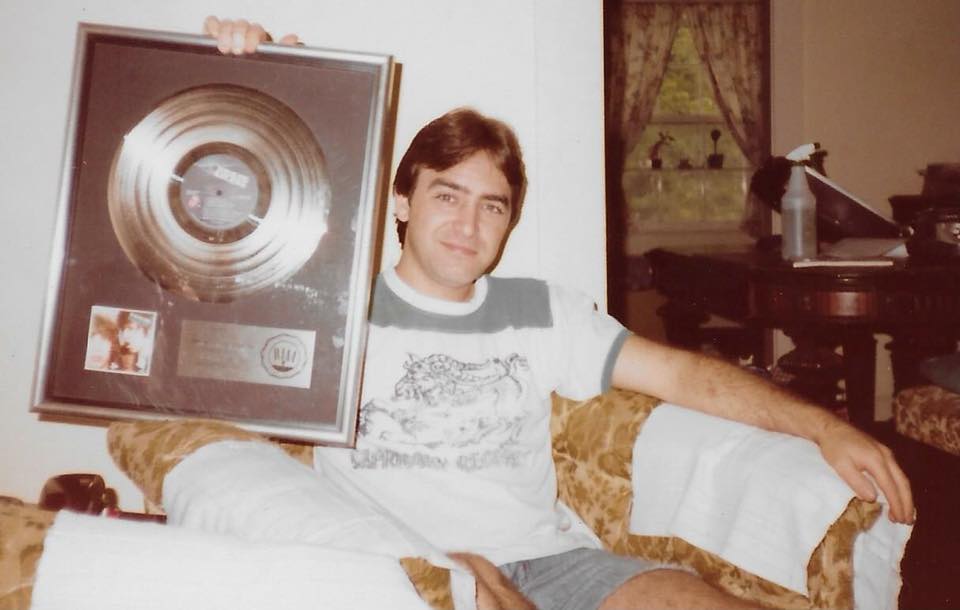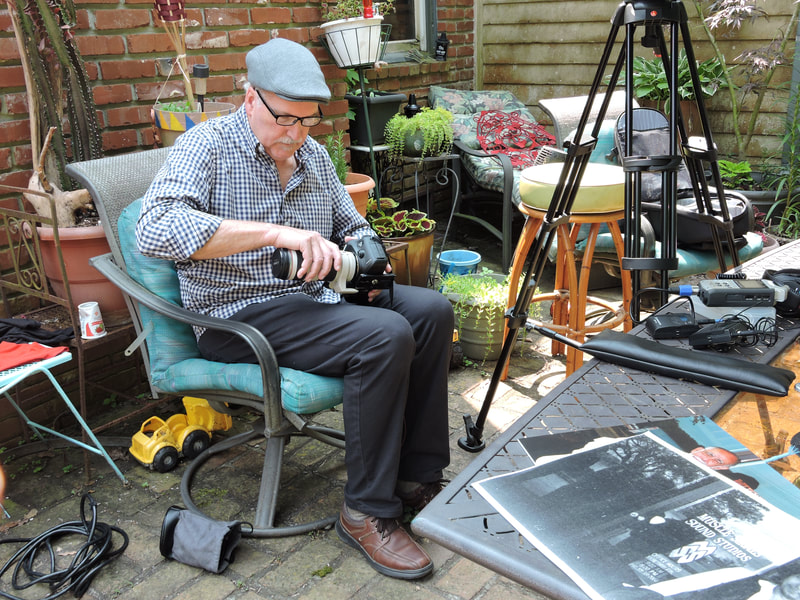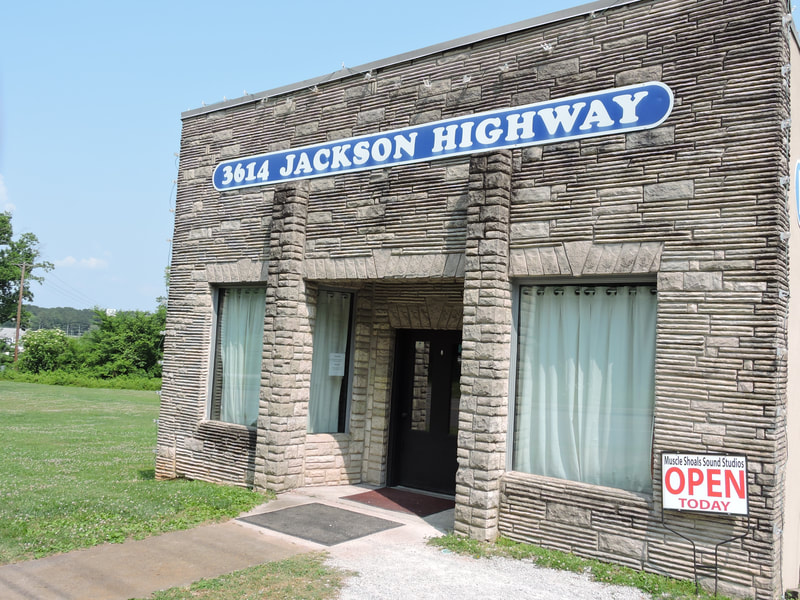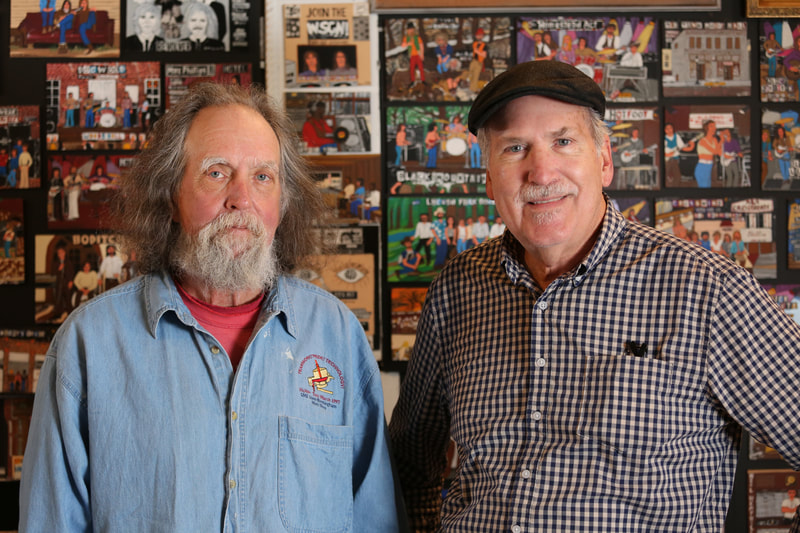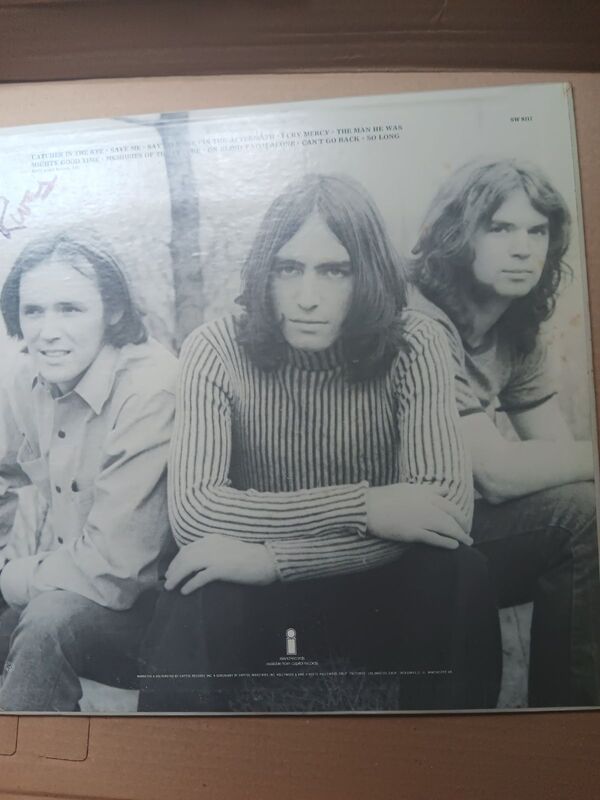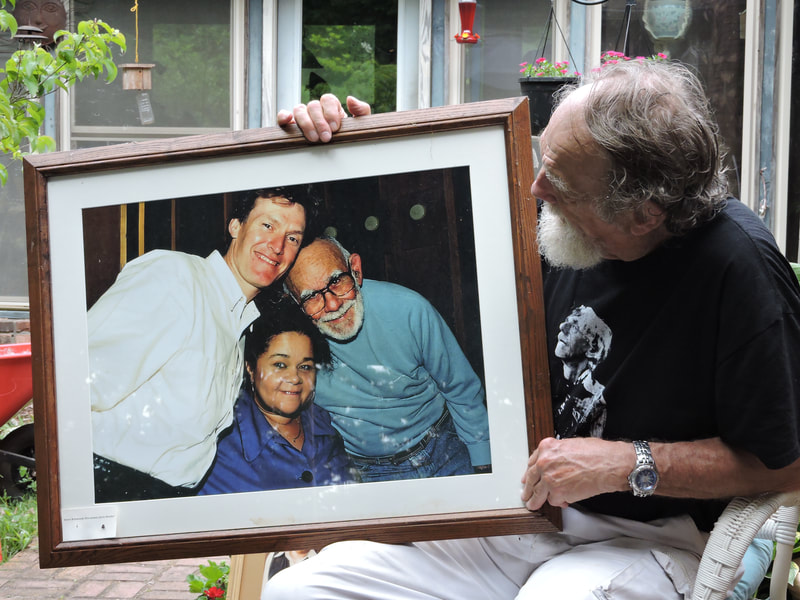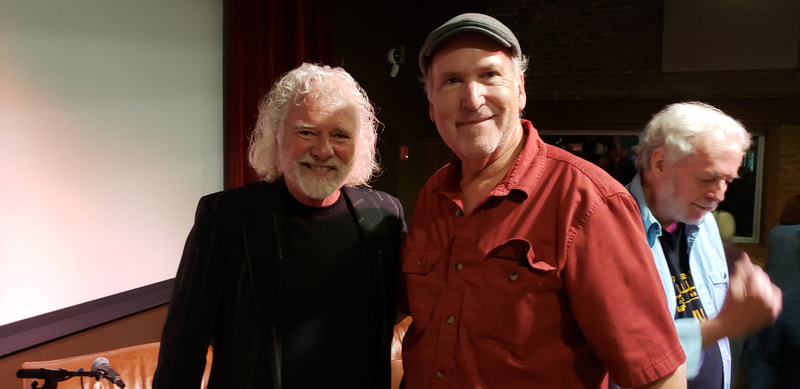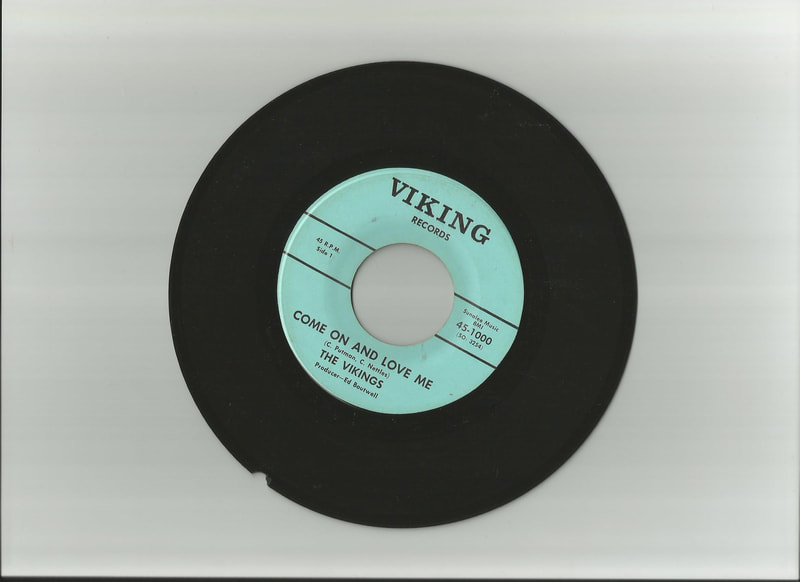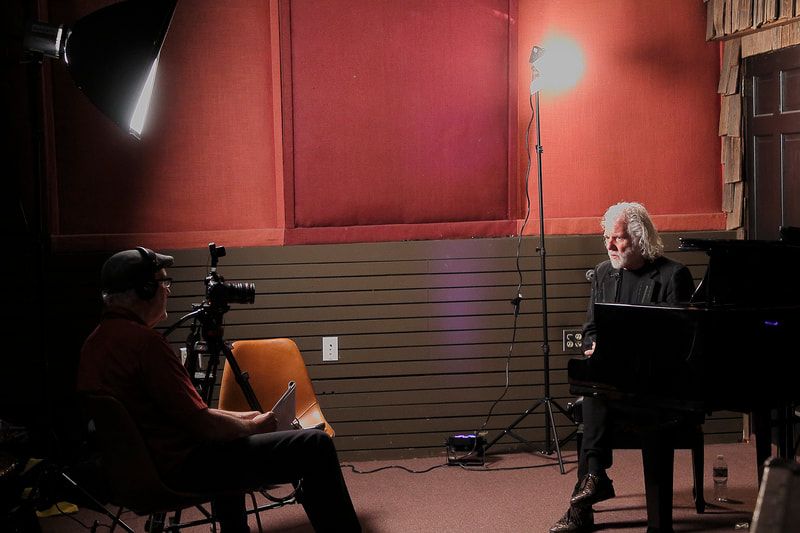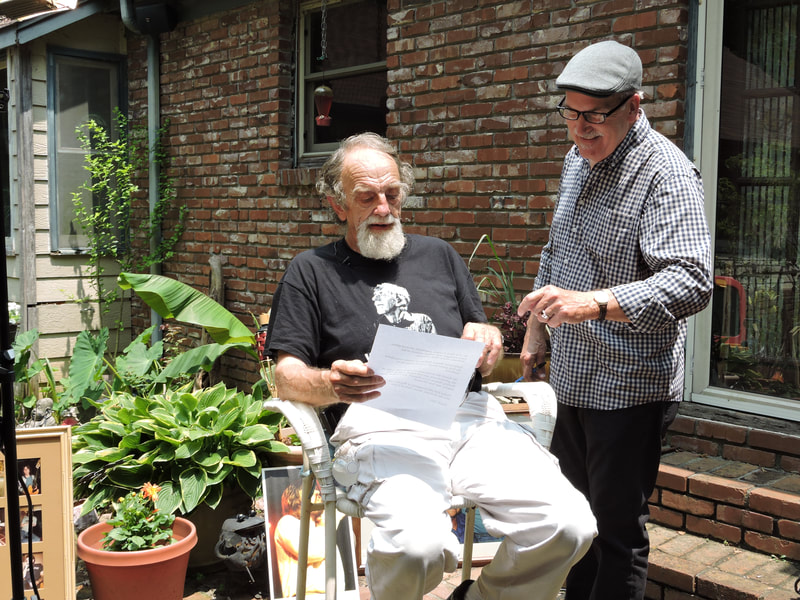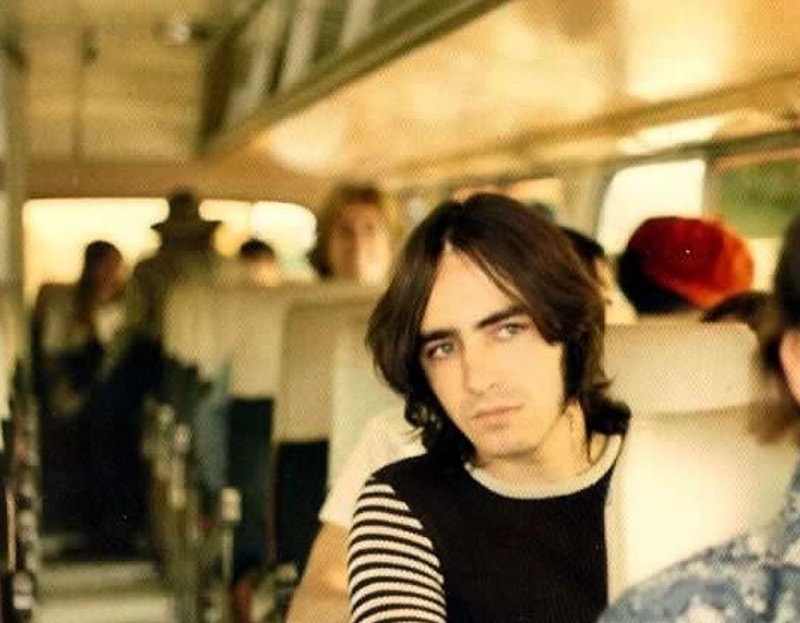|
- COMING IN 2024 -
|
This film follows Wayne’s zigzag journey during the musical heyday of rock and roll in the 1960s, 70s and explores some of the emotional and physical pitfalls of fame. Musically, Wayne was always in the right place at the right time. He was a session player, and a sideman in demand. His guitar licks punctuate iconic songs including Concrete Jungle and Sir It Up by Bob Marley and the Wailers, Joni Mitchell’s Car on a Hill, The Rolling Stones’ Hand of Fate, Glen Frey’s That Girl, Joe Cocker’s High Time We Went and many others. Wayne later wrote and produced several solo albums to critical acclaim.
The story takes Wayne back to Muscle Shoals, Alabama, The Church Studio in Tulsa, Oklahoma, Boutwell Studios in Birmingham and Bates Brothers Recording in Hueytown, Alabama to re-visit old haunts, recording studios and hangouts. Wayne also recorded at Capitol Recording Studios in Los Angeles, California, and Island Records, London, UK. We have conversations with his contemporaries still with us, and reflect on those musicians that have passed on. In recent years, Wayne suffered a series of health issues that had long went undiagnosed. He is recovering and writing songs again. The film includes interviews with Wayne’s brother Dale; David Hood (member of the Muscle Shoals Rhythm Section), and Chuck Leavell (Allman Brothers, Sea Level, The Rolling Stones), with planned special guest appearances by Keith Richards, Joni Mitchell, Jackson Browne and others. The film uses on-location interviews, live performances, illustrations, animations, vignettes, archival photos, audio, film, and reenactments to tell the story. Rock and roll music had an exhilarating influence on attitudes, lifestyles, fashion, and language. For a generation of young people challenged with civil rights movements, nuclear threats, political assassinations and war; rock and roll spread rhythm, communion and radical transformation across the globe. Wayne Perkins ventured boldly into the middle of this cultural phenomenon. He was born in 1951 in Center Point, a small town just outside of Birmingham, Alabama. He started playing guitar at age six in a family of musicians, including mom, dad, a brother and four sisters. Wayne played in his first band The Colours at fourteen, and his first successful band The Vikings at age fifteen, then quit school and moved out of his parent’s house at sixteen. In 1968 he moved to Muscle Shoals, Alabama, which was an oasis of recording music in the South. Muscle Shoals had a world-wide reputation for sound and success in pop, soul, country, and rock and roll. Wayne was a guitar player at Quin Ivey's Studio in Sheffield, where Percy Sledge had recorded When a Man Loves a Woman. He then worked at Muscle Shoals Sound Studios alongside “The Swampers” - Barry Beckett, Jimmy Johnson, Roger Hawkins, David Hood (and sometimes Spooner Odom.) Aretha Franklin, Wilson Pickett, Percy Sledge, The Rolling Stones, Bob Dylan, Paul Simon, Leon Russell, Lynyrd Skynyrd, Rod Stewart, Bob Seger, and The Staple Singers were among the amazing talent that recorded hits in Muscle Shoals. Wayne also played lead and rhythm guitar for a long list of musical royalty. This included Ronnie Milsap, Joe Cocker, Jimmy Cliff, Steve Winwood, and Albert King. In 1970, Wayne was taught slide guitar at the Oporto Armory in Birmingham, Alabama by Duane Allman of the Allman Brothers Band. Wayne later formed a group called Smith, Perkins, Smith recorded an album, signed with Island Records in London, and toured Europe with Jackson Browne. While in England, he was invited to play with Bob Marley and the Wailers on their first album. After touring Europe with Free, Wayne headed out to Southern California. He ended up in a relationship with singer-songwriter Joni Mitchell and played guitar on her album Court and Spark. On bachelor nights he hit nightspots like LA’s The Troubadour, and Whisky a Go Go with ex-tourmate Jackson Browne. After things didn’t work out with Joni it was time to return to Alabama and recover from the hectic pace. A short time later though, Leon Russell called and ask Wayne to join his band on tour across Japan and beyond. For the next two years he did just that. After the tour, Wayne jetted off to Jamaica to hang out with guitar god Eric Clapton. When Mick Taylor quit the Rolling Stones in 1974, Clapton recommended Wayne to replace Taylor. Wayne went to England and stayed with Keith Richards while auditioning for the Stones. He was credited on the Stones’ albums Black & Blue and Tattoo You. Fellow Brit Ronnie Wood from the band Faces eventually got the permanent lead guitar spot. Restless, he went back to Alabama and joined his brother Dale in several bands. After producing a few albums in Los Angeles with the band Crimson Tide, Wayne formed other bands, and there were tours, even work on film soundtracks for “The Karate Kid Pt II”, and “Back to School." He moved to Nashville and wrote country songs and jingles. He later toured and recorded with country blues artists Lonnie Mack and Delbert McClinton. Wayne recorded well-received solo albums Mendo Hotel in 1995 and Ramblin’ Heart in 2005. Then things started to slow down. The road was a grind and Wayne suffered from numerous health problems. Now, after a lengthy recovery, Wayne is back writing songs and playing guitar. He settled in with his brother Dale and extended family in Argo, Alabama. He has stories to tell about his wild rock and roll ride around the world and his return back to his musical roots in the South. |
LINK TO WAYNE PERKINS MUSIC CREDITS: www.allmusic.com/artist/wayne-perkins-mn0000250974#credits
In Keith Richards' 2010 memoir, Life, he revealed: “We liked Perkins a lot. He was a lovely player, same style, which wouldn’t have ricocheted against what Mick Taylor was doing, very melodic, very well- played stuff. "
“Lynyrd Skynyrd offered me the job, but something didn’t feel right to me. I turned them down in December ‘76 and the plane crash was in October ‘77. I think about that one from time to time. (Singer) Ronnie (Van Zant) was one of my best friends." - Wayne Perkins - by Mark Daponte, Culture Sonar
"I got a call from The Stones, and they invited me to join them at Musicland Studios. To get to know them first, I flew to London and moved in with Keith, who was living in Ronnie Wood’s house, called The Wick. Keith and I clicked, and he made me feel right at home." - Wayne Perkins
... Perkins’ brilliant contributions to three of the album’s best songs, “Fool to Cry,” “Memory Motel,” and the explosive “Hand of Fate” (another Perkins-led tune, “Worried ’Bout You,” would appear five years later on Tattoo You). Long a fan favorite, “Hand of Fate” features some of the most-tasteful lead guitar playing to ever grace a Stones song. - Tom Guerra, Vintage Guitar Magazine
... Perkins’ brilliant contributions to three of the album’s best songs, “Fool to Cry,” “Memory Motel,” and the explosive “Hand of Fate” (another Perkins-led tune, “Worried ’Bout You,” would appear five years later on Tattoo You). Long a fan favorite, “Hand of Fate” features some of the most-tasteful lead guitar playing to ever grace a Stones song. - Tom Guerra, Vintage Guitar Magazine
|
|
Alabama Power Band/Crimson Tide Band
Hailing from Birmingham, Alabama, Crimson Tide, originally known as the Alabama Power Band, was driven by the exceptional guitar solos of Wayne Perkins. Perkins, known for his contributions to Bob Marley and Rolling Stones records, led this band on their musical journey. Their sound was unique and reflected the rich musical heritage of the South. Wayne Perkins’ guitar work added a layer of sophistication to their music, making Crimson Tide a noteworthy addition to the Southern rock scene. - Society of Rock - Top 10 Forgotten Southern Rock Bands via Alex DeLarge
Hailing from Birmingham, Alabama, Crimson Tide, originally known as the Alabama Power Band, was driven by the exceptional guitar solos of Wayne Perkins. Perkins, known for his contributions to Bob Marley and Rolling Stones records, led this band on their musical journey. Their sound was unique and reflected the rich musical heritage of the South. Wayne Perkins’ guitar work added a layer of sophistication to their music, making Crimson Tide a noteworthy addition to the Southern rock scene. - Society of Rock - Top 10 Forgotten Southern Rock Bands via Alex DeLarge
National Public Radio (NPR)
Interview by Terry Gross of Chris Blackwell (Island Records)
GROSS: So you decided you wanted to make them (Bob Marley and the Wailers) more internationally famous and really get them to an American audience and a British audience. So you tried to bridge the gap between reggae, which most Americans and Brits weren't yet familiar with, and rock, which they were. So on "Concrete Jungle," which they had already recorded, you decided for the first album that you produced with them to add guitar on that track. And it was a session guitarist from Muscle Shoals, from the famous Muscle Shoals Studio in Alabama. So tell us a little bit more about deciding to add the guitar.
BLACKWELL: Well, I really wanted them to have a record which would appeal to people who liked rock music. And guitar is a key thing in rock music. And this guitarist I knew because I'd worked with him in Muscle Shoals. And I brought him in and asked him to play on the record. And he had a little difficulty initially because the rhythm was very different to the normal rhythms that he was playing, which was in rock music, etc. And this had a kind of Jamaican rhythm to it. But he played, and he played absolutely brilliantly. And he just - he opened everything, really. He's really responsible a lot for Bob Marley and the Wailers really taking life on record.
GROSS: Well, let's hear the version that you produced with Wayne Perkins on guitar. And this is Bob Marley and the Wailers, "Concrete Jungle."
Interview by Terry Gross of Chris Blackwell (Island Records)
GROSS: So you decided you wanted to make them (Bob Marley and the Wailers) more internationally famous and really get them to an American audience and a British audience. So you tried to bridge the gap between reggae, which most Americans and Brits weren't yet familiar with, and rock, which they were. So on "Concrete Jungle," which they had already recorded, you decided for the first album that you produced with them to add guitar on that track. And it was a session guitarist from Muscle Shoals, from the famous Muscle Shoals Studio in Alabama. So tell us a little bit more about deciding to add the guitar.
BLACKWELL: Well, I really wanted them to have a record which would appeal to people who liked rock music. And guitar is a key thing in rock music. And this guitarist I knew because I'd worked with him in Muscle Shoals. And I brought him in and asked him to play on the record. And he had a little difficulty initially because the rhythm was very different to the normal rhythms that he was playing, which was in rock music, etc. And this had a kind of Jamaican rhythm to it. But he played, and he played absolutely brilliantly. And he just - he opened everything, really. He's really responsible a lot for Bob Marley and the Wailers really taking life on record.
GROSS: Well, let's hear the version that you produced with Wayne Perkins on guitar. And this is Bob Marley and the Wailers, "Concrete Jungle."
Perkins' work on the Wailers' Catch a Fire caught the ears of several prominent names in the music industry, including the Rolling Stones and Leon Russell, with whom Perkins had worked at MSS for the album Leon Russell and the Shelter People. The guitarist returned to the States in 1973 and within a few weeks Leon Russell called to offer him the lead guitar spot in his legendary backing band. "There was a first-class airline ticket to Tulsa waiting for me, and the tour was starting within weeks," Perkins recalls. "Leon picked me up in this Rolls-Royce Silver Cloud in Tulsa with a couple of chicks, and we go out for steaks bigger than our heads. He told me I had less than a week to learn the Leon Live album, a three-record set. So I said, 'That ain't a hell of a lot of time, Leon.' I didn't sleep for three or four days. I listened to that album over and over. But thanks to Leon, I got to see the world. Russell took me to Australia, Japan, New Zealand, Indonesia, Hong Kong; it was just unbelievable. Great times. For my money, that was the best band I ever played with." by Ed Reynolds, Black and White Magazine

